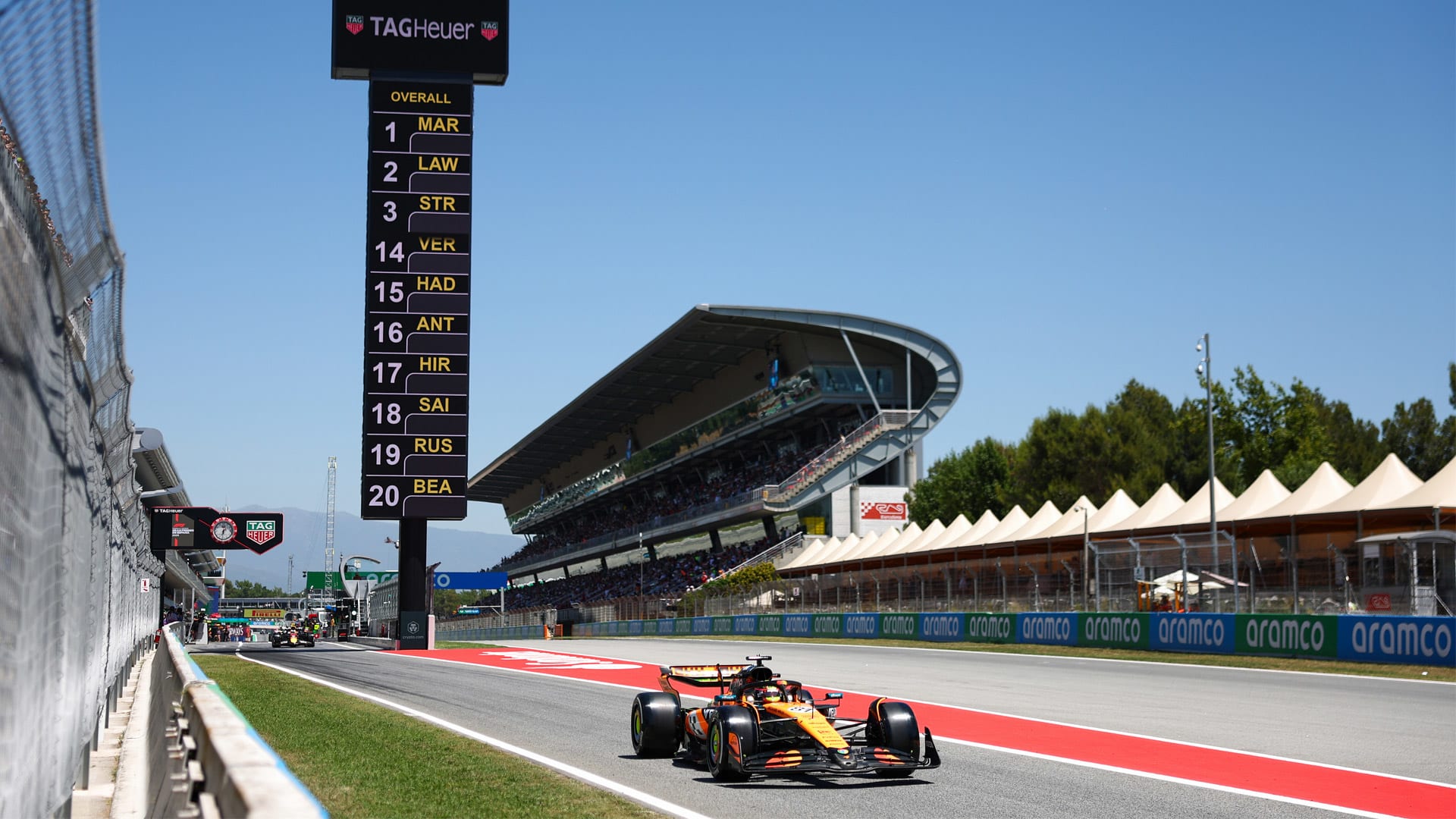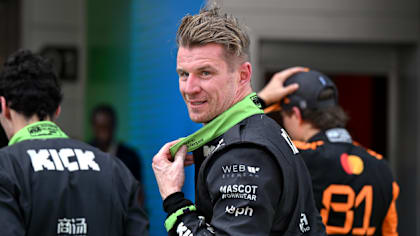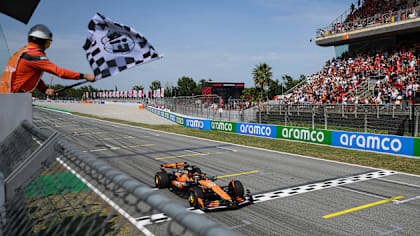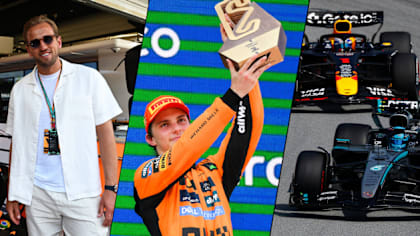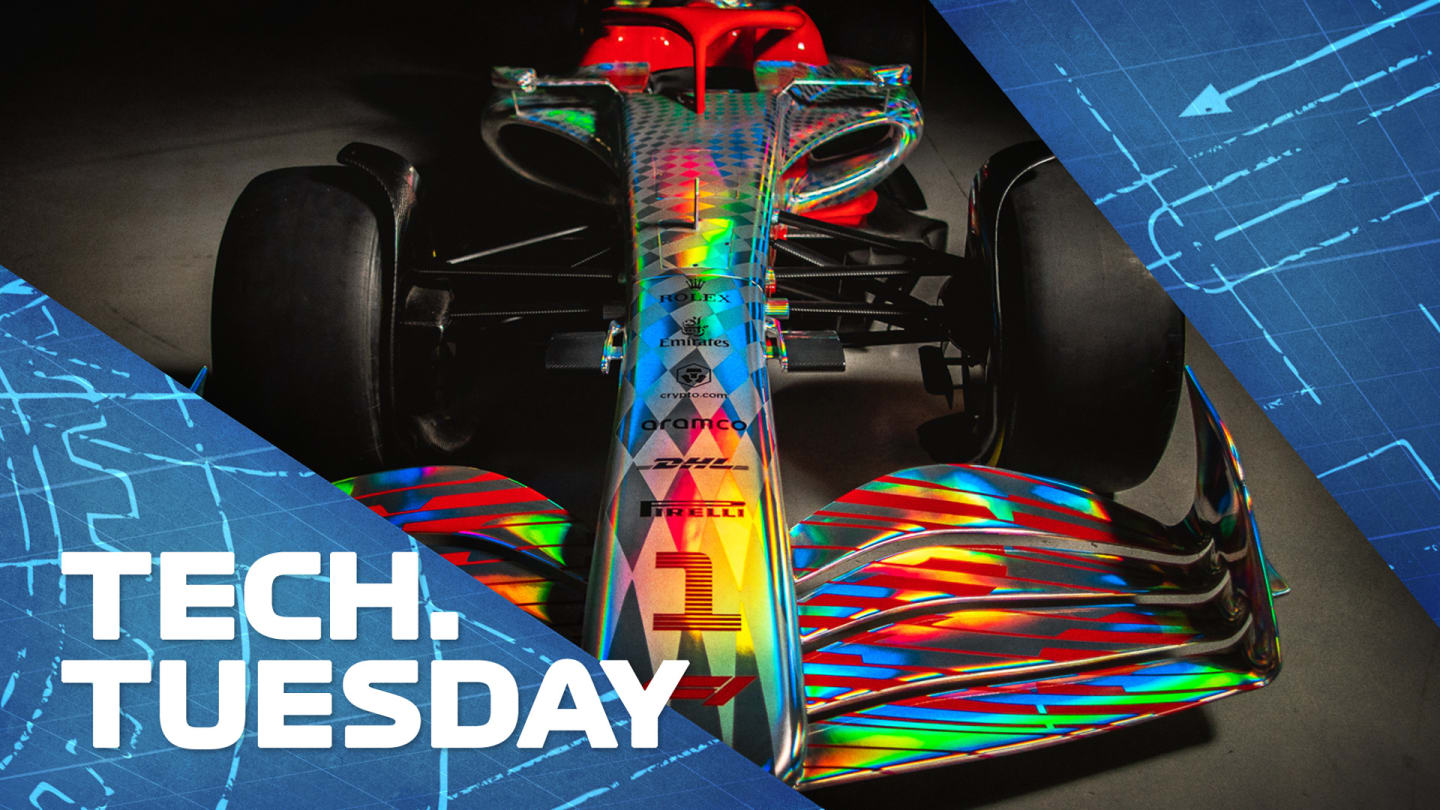
Technical
TECH TUESDAY: How the front wing on the all-new 2022 cars has been designed to improve overtaking

Share

When the 2022 cars hit the track to begin testing next month, we will finally start getting used to a radical new look of F1, as defined by the revolutionary new aero regulations, the whole purpose of which has been to create cars which retain grip even when following closely.
The starting point for the whole aero concept is always the front wing, as that’s where the onrushing air first encounters the car. Hence the 2022 front wing is radically different to what we’ve become used to – both in how it looks and how it works.
WATCH: Everything you need to know about the new 2022 F1 car
In terms of meeting the objectives of creating a car with a much cleaner, less disruptive aerodynamic wake, the number one priority of the new wing has been to banish the ‘Y250 vortex’ which was utilised on the previous front wing, where the 250mm gap between the nose and the inboard end of the wing elements was used to create a series of spinning air vortices which accelerated the whole airflow through there towards the bargeboards, with the aim being to push it as far outboard of the car as possible.
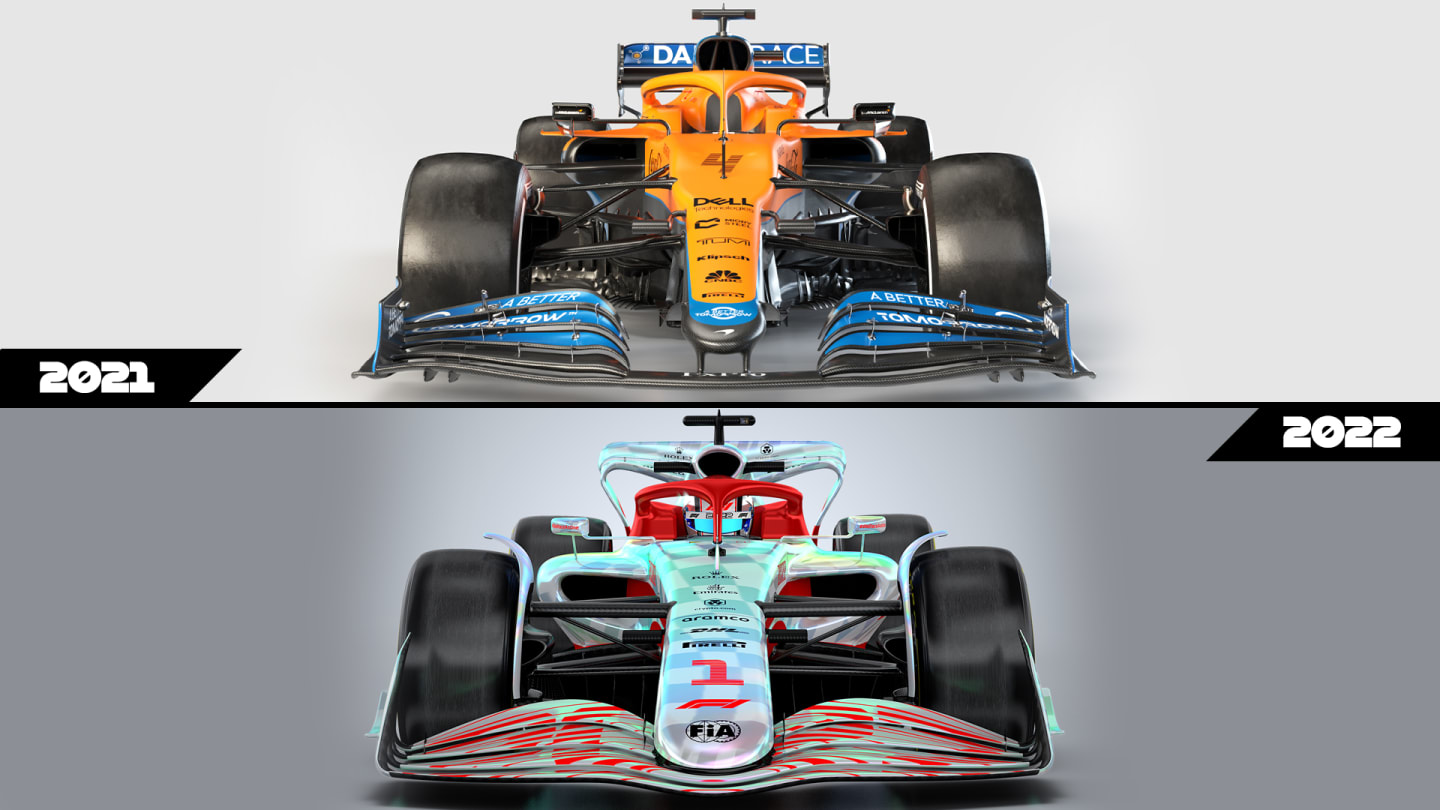
A comparison between last year's front wing and this year's concept, with the removal of the 'Y250 vortex' – the name given to the vortex that comes off the inner tips of the current generation of front wing flaps – a key feature
In that way, it would not disrupt the clean airflow to the underfloor. But that wide, turbulent outwash was a major part of why a following car would encounter such a degraded aero performance, as its front wing could not function effectively in the disturbed air.
ANALYSIS: Comparing the key differences between the 2021 and 2022 F1 car designs
With the new wing, there is no longer a gap between the nose and the elements – which run up flush to the nose. There can no longer be a Y250 vortex which, together with the banning of bargeboards, means the air flows through the wing in a way which keeps it directed within the width of the car.
Although the resultant full-width elements give a greater total wing area than before, it actually produces less downforce. The less downforce produced, the less it will tend to disrupt the air – and the less sensitive it will be to disrupted airflow from the car in front.
F1 TV Tech Talk: How will the 2022 F1 car improve overtaking?
So, how have the rule-makers managed to create a bigger wing which produces less downforce (even in isolation, not even taking into account its effect on the rest of the car)? Other than the total wing area, the other factors determining how much downforce a wing will create are its ‘attack angle’, the gap and overlap between the elements, and the camber of those elements (how shaped they are). All three of those factors are tightly controlled within the new regulations.
There can be up to four wing elements (down from five) but their contours are very tightly defined by a series of intricate notional dimensional box sections the elements must fit into. It allows the elements to be reasonably cambered at the inboard ends but tapering down to very little camber at the outboard. The elements are limited in how angled they can be – and therefore the angle of attack of the whole wing is limited.
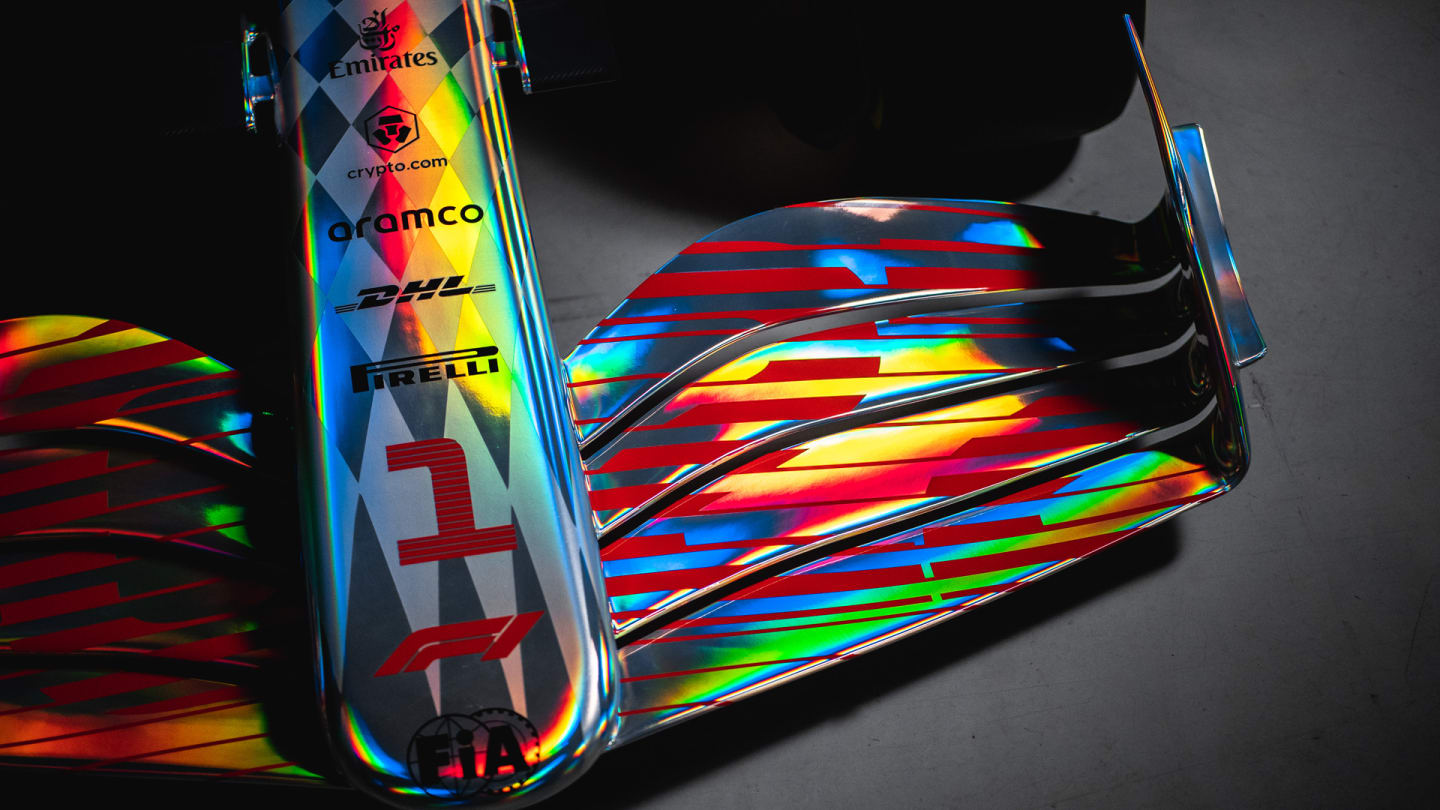
The limited angle of attack affects how much downforce the front wing generates, while overlapping elements enhance wing performance
The wing creates downforce by the air pressure difference its shape creates, with a low-pressure underside and a higher-pressure top surface, this effectively pulling the car down. The higher the ‘incidence of attack’ (the angle to the ground) of the wing, the greater that pressure difference will be. The dimensional boxes the elements must fit within effectively minimise their angle to the ground.
READ MORE: The banned features that will make a big impact on 2022's wheel-to-wheel action
Another way of enhancing wing performance is to heavily overlap the cascade of elements, so that the back of the lower element stretches back further than the front of the element above it. This will accelerate the air rushing into that gap between the elements, especially if the gap is very small.
The faster the air can be made to move, the more downforce is created. With the 2022 wing, the minimum gap between the elements is relatively large at 5mm. The overlap between the elements is limited to 30mm (much less than was commonplace before) thus limiting the wing’s effectiveness.
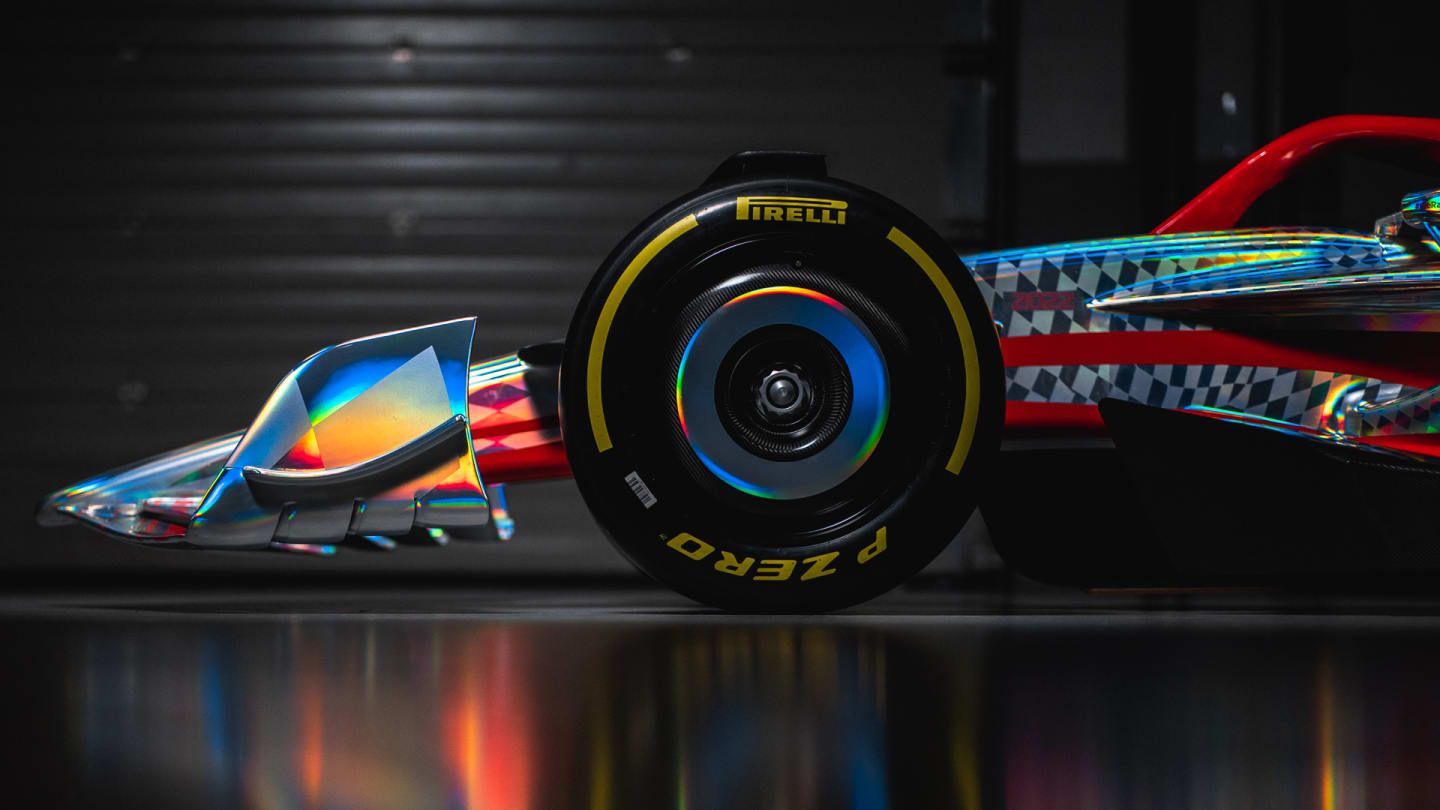
A side view of the 2022 wing
The corners of each element have to be curved through an arc of prescribed size so as not to have the ability to create vortices. Only the upper two elements can be adjustable and the angles through which they can be adjusted are limited.
The endplates are much smaller and simpler than the multi-planed devices which had developed under the old rules. The endplates increase the effectiveness of the elements in creating downforce by restricting how much the air beneath them can move laterally and thus leak away downforce. But more importantly from the perspective of the purpose of the new regs, they reduce the turbulent wake which would be produced from the ends of the elements.
The nose shape is also more heavily regulated – and the previous thumb tips, nostrils, capes and S ducts have all been banished.
WATCH: F1's Head of Aero gives us an exclusive insight into how the 2022 car was designed
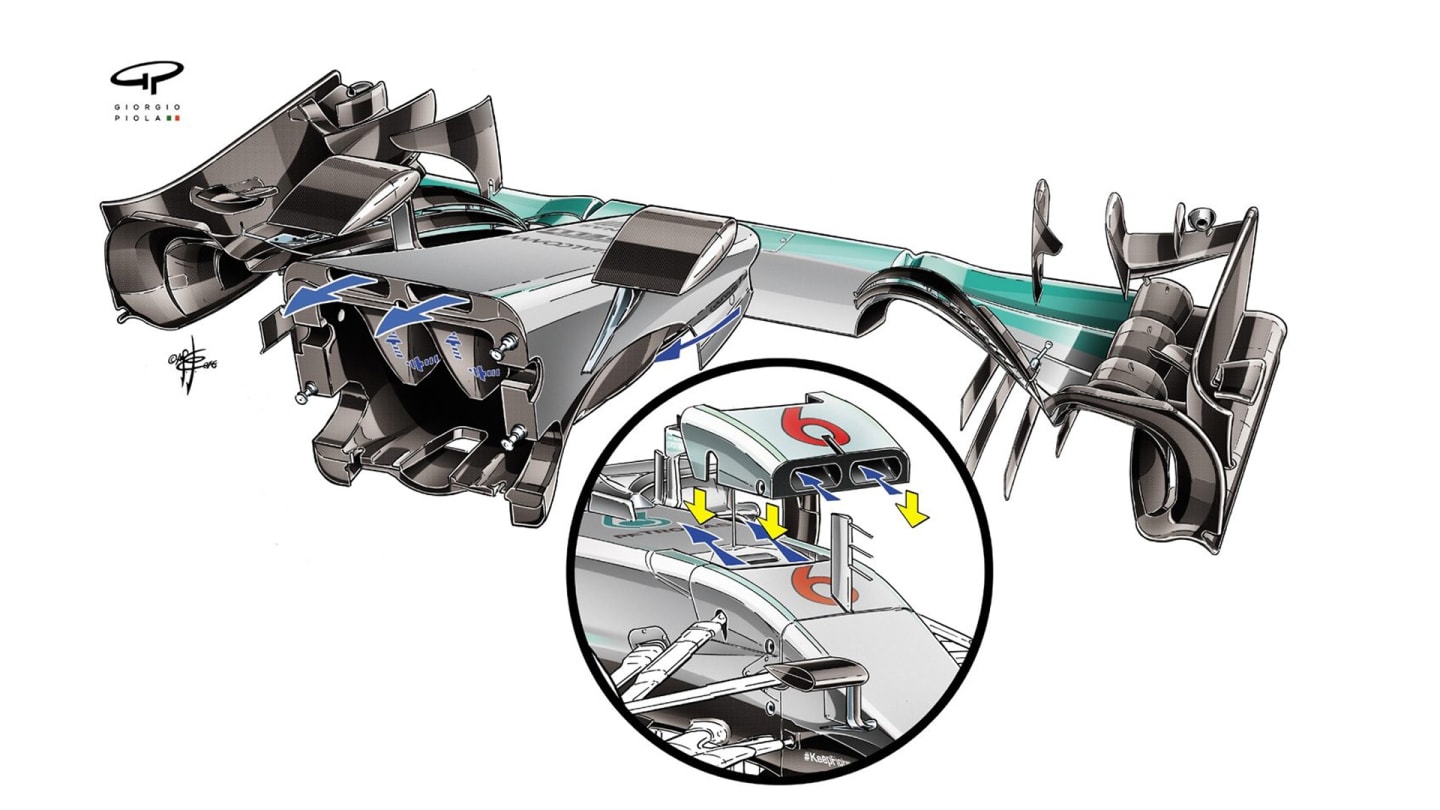
The S-Duct, illustrated above on Mercedes' 2016 car, is an example of a key feature from the last generation of wings that has been removed for 2022
This is all part of keeping the wake of the car as narrow as possible and minimising the volume of air which is out-washed away from the car. The front wing plays a crucial part in this – as well as being less sensitive to the effects of turbulence. With that, drivers should be able to enter straights tight behind the car in front and thereby be better placed to try for an overtake.
Let’s see how that plays out when the season gets started in Bahrain on March 20.
Everything you need for the 2022 Formula 1 season
- DIARY DATES: The 2022 F1 calendar and F1 car launch schedule
- WATCH: Everything you need to know about the new 2022 F1 car
- 2022 F1 GRID – All the drivers and teams racing this season
- 10 things every Formula 1 fan should be excited for in 2022
- 5 bold predictions for the 2022 season – but how many will come true?
YOU MIGHT ALSO LIKE

Video WATCH: See how Piastri beat McLaren team mate Norris to pole with our ‘Ghost Car’ feature
News Hulkenberg reveals ‘golden ticket’ that helped him secure impressive P5 in Spanish GP
Live Blog AS IT HAPPENED: Piastri wins Spanish GP ahead of Norris as Verstappen and Russell make contact late on
Feature SPAIN LOWDOWN: All the key moments as Piastri stars, restart chaos ensues and footballers descend on the paddock
